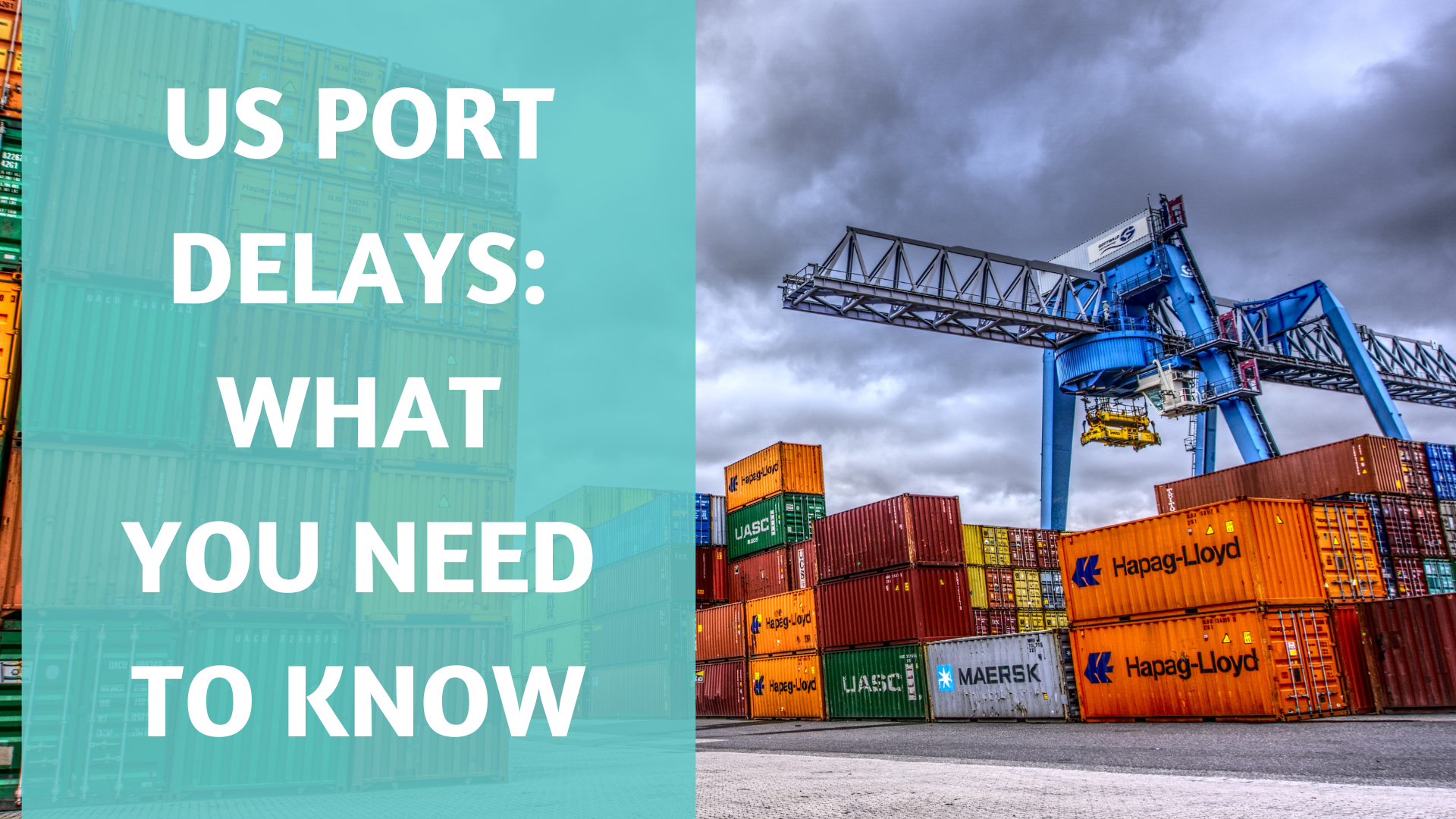Now more than ever, solid planning and a steady hand at the wheel are essential for navigating today’s supply chain difficulties.
Let’s take a closer look at what is causing U.S. port delays right now.
What Is Causing Port Delays?
Many of the problems that are plaguing supply chains around the world began with the double-whammy of COVID-19 and the Russian invasion of Ukraine. The lockdowns that kept people away from work all over the world, and particularly in China, were a massive drag on global shipping. Then, just as that situation eased, the war that engulfed Ukraine suddenly meant a radical change in logistics and trade from that region of the world and a steady rise in the cost of shipping.
But that’s no longer the whole story of why delays at the Port of Los Angeles are averaging nine to 12 days or why 12% of all the container ships in the world report being backed up for longer than normal.
There are other factors aside from COVID and the war adding pressure to the creaky system.
Strike Action Looms in Multiple Sectors
The looming threat of strike action is providing a real challenge to planning and forecasting for international shippers.
Negotiations between U.S. dockworker unions and employers are ongoing, and the entire industry is on pins and needles. Workers are increasingly worried about the threat of automation to their jobs and are using their numbers to make their position felt. President Biden addressed negotiators in June as a sign of how seriously the administration is taking the port delay situation.
Meanwhile, another looming threat to U.S. ports is the twin danger of strike action from both rail and truck workers. Plus, protests against some new state laws in California could only make things worse as peak season approaches.
Rising Volumes Likely To Add More Pressure
The months of late August through November are always busy for those working in the supply chain. But with costs already sky high and congestion a fact of life, this peak season may be the most difficult in decades. The pain of inflation seems to be easing a bit, with gas dropping below $4 for the first time in months. Retailers are breathing a sigh of relief and are likely to be stocking up in anticipation of a solid festive season.
Supply chain problems are likely to worsen as U.S. port congestion creeps up again.
Transportation professionals like OL USA are using all their experience and creativity to deal with the wide range of problems that are proving to be a drag on the global supply chain. Port delays could worsen over the coming months as volumes rise and strike action looms over the industry



